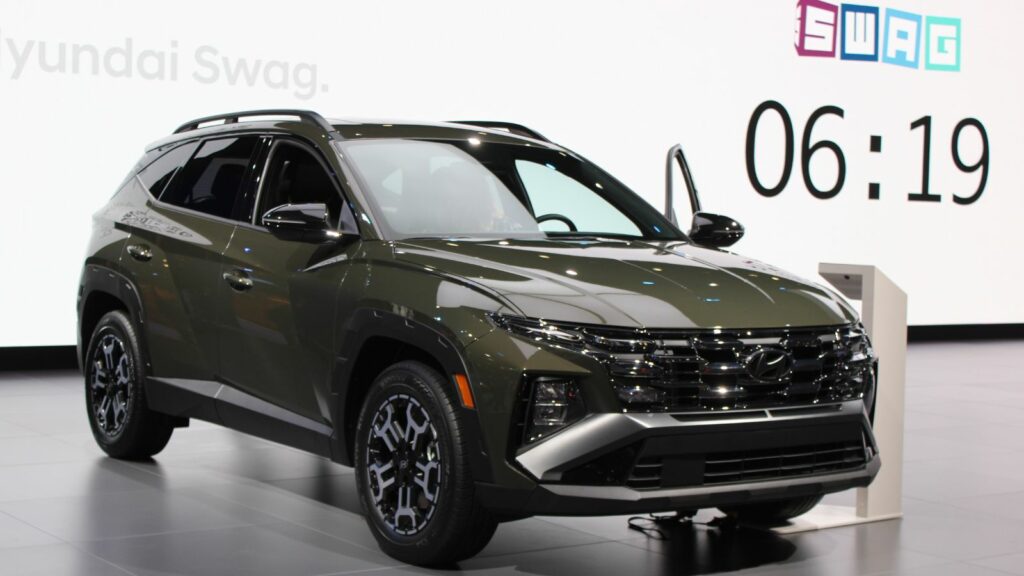Not every car that hits Canadian showrooms lives up to the buzz. Some arrive with flashy marketing, high expectations, and glowing reviews, only to leave drivers frustrated by underwhelming performance, questionable reliability, or price tags that don’t make sense north of the border. From luxury letdowns to compact flops, these vehicles promised more than they delivered for everyday Canadians. Here are 21 new cars that don’t live up to the hype, according to Canadian drivers:
Toyota Crown
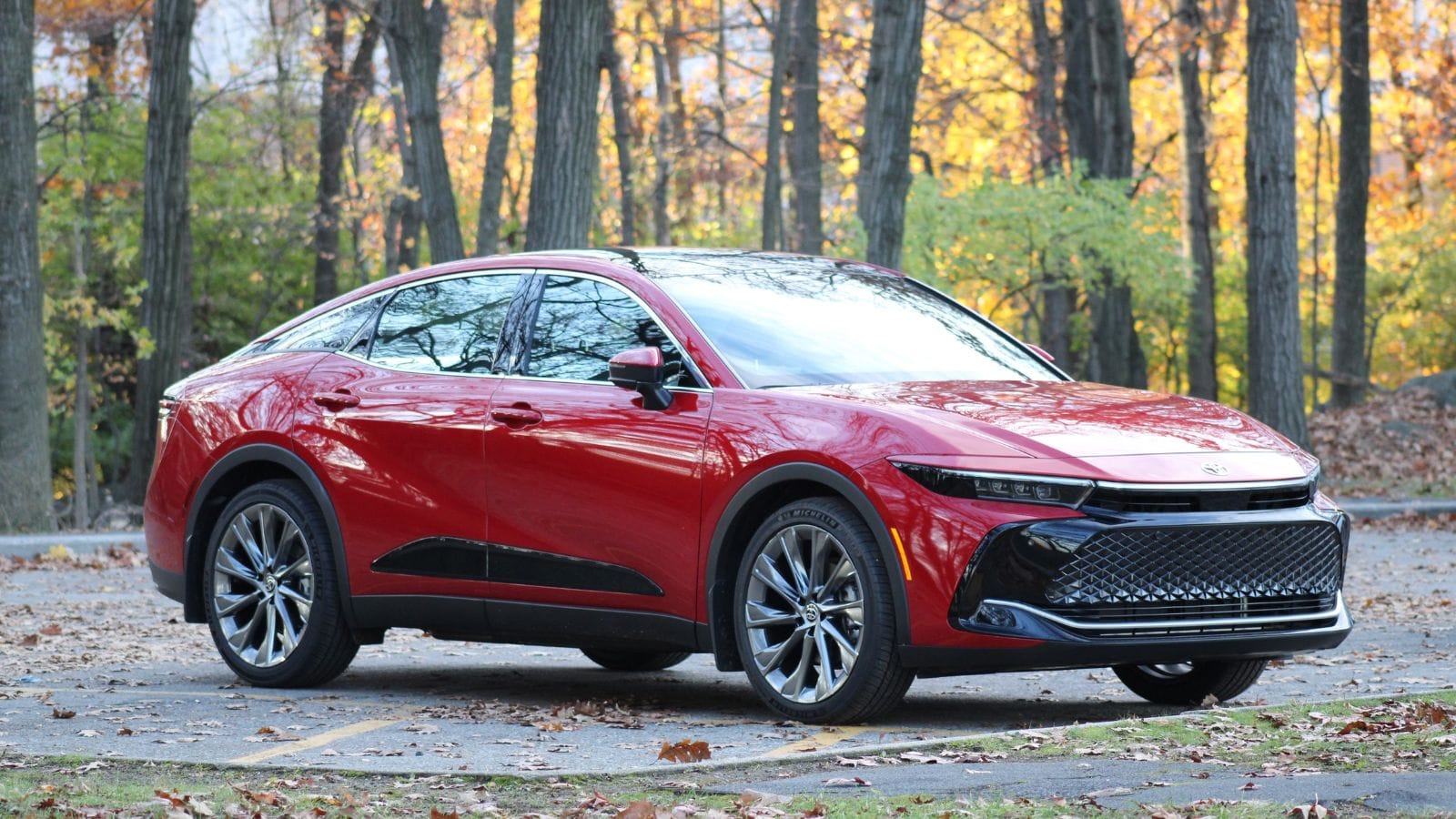
Touted as Toyota’s sleek replacement for the Avalon, the Crown entered the Canadian market with lofty promises of a premium ride and impressive hybrid performance. However, many drivers have found the experience to be lukewarm at best. The ride lacks the refinement of true luxury sedans, and the hybrid system, while efficient, doesn’t deliver the thrilling performance the marketing hinted at. Add a polarizing design and a price point that veers into Lexus territory, and the Crown feels out of sync with Canadian buyers seeking more value.
Volkswagen ID.4
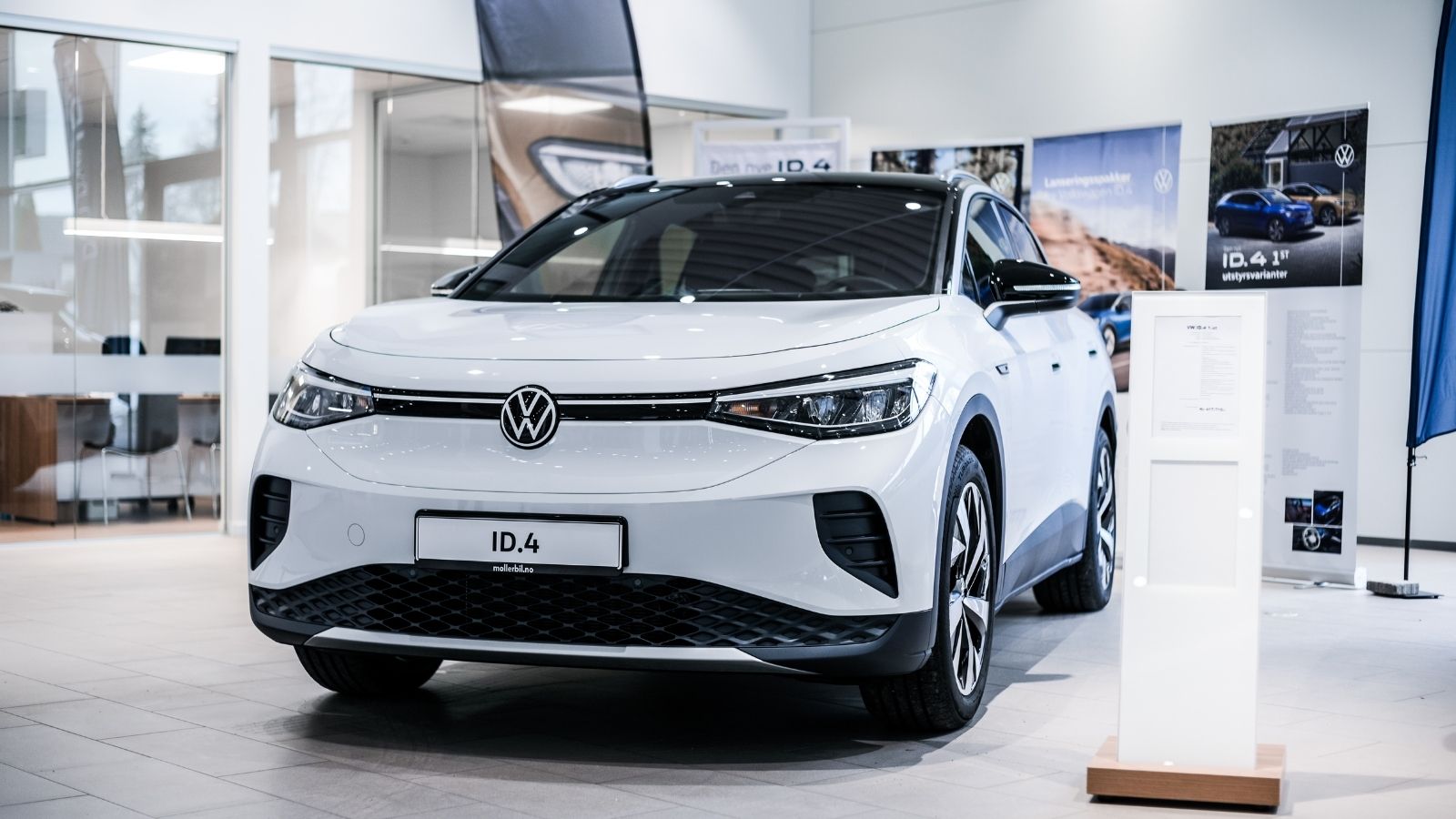
The ID.4 arrived with great fanfare as Volkswagen’s all-electric future. But for many Canadians, the experience has been underwhelming. Range performance drops significantly in cold weather, making it impractical for many parts of the country. The infotainment system has also drawn criticism for being clunky and counterintuitive. While the interior is spacious and the ride is smooth in ideal conditions, these benefits quickly fade when winter arrives. Charging infrastructure remains a challenge outside of major cities, and reliability concerns have dogged early adopters.
Subaru Solterra
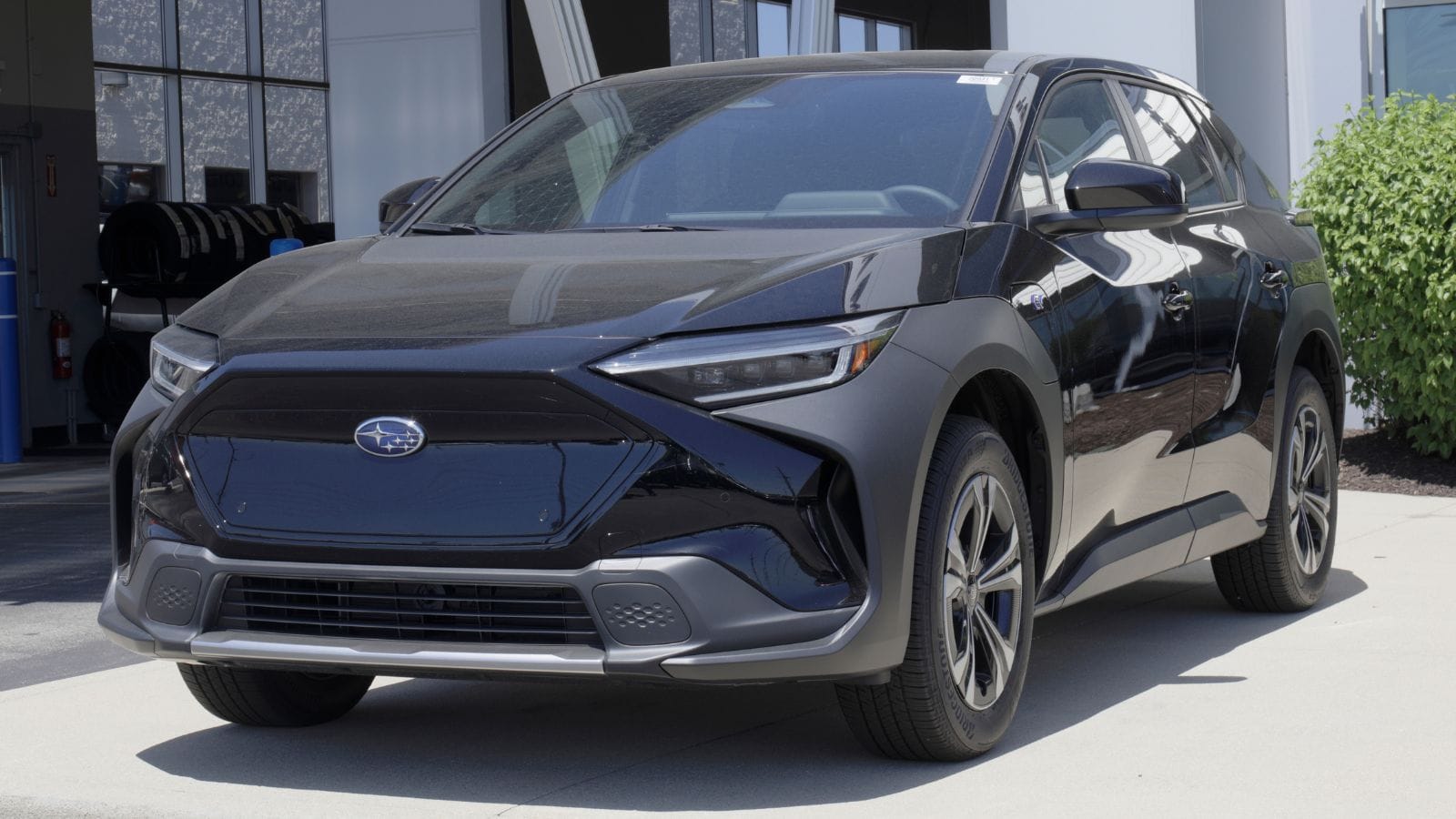
Subaru fans expected big things from the brand’s first all-electric SUV. But the Solterra has struggled to impress, especially in Canada’s demanding climate. Its limited range, particularly in cold weather, makes long-distance winter driving a stressful experience. Despite Subaru’s reputation for rugged capability, the Solterra’s off-road performance is modest at best. Add to that a high sticker price, slow DC fast charging times, and confusing interior controls borrowed from its Toyota bZ4X cousin, and the excitement quickly fades. For a brand known for reliability and practicality, the Solterra feels like a rushed experiment rather than a refined EV solution.
Ford Mustang Mach-E
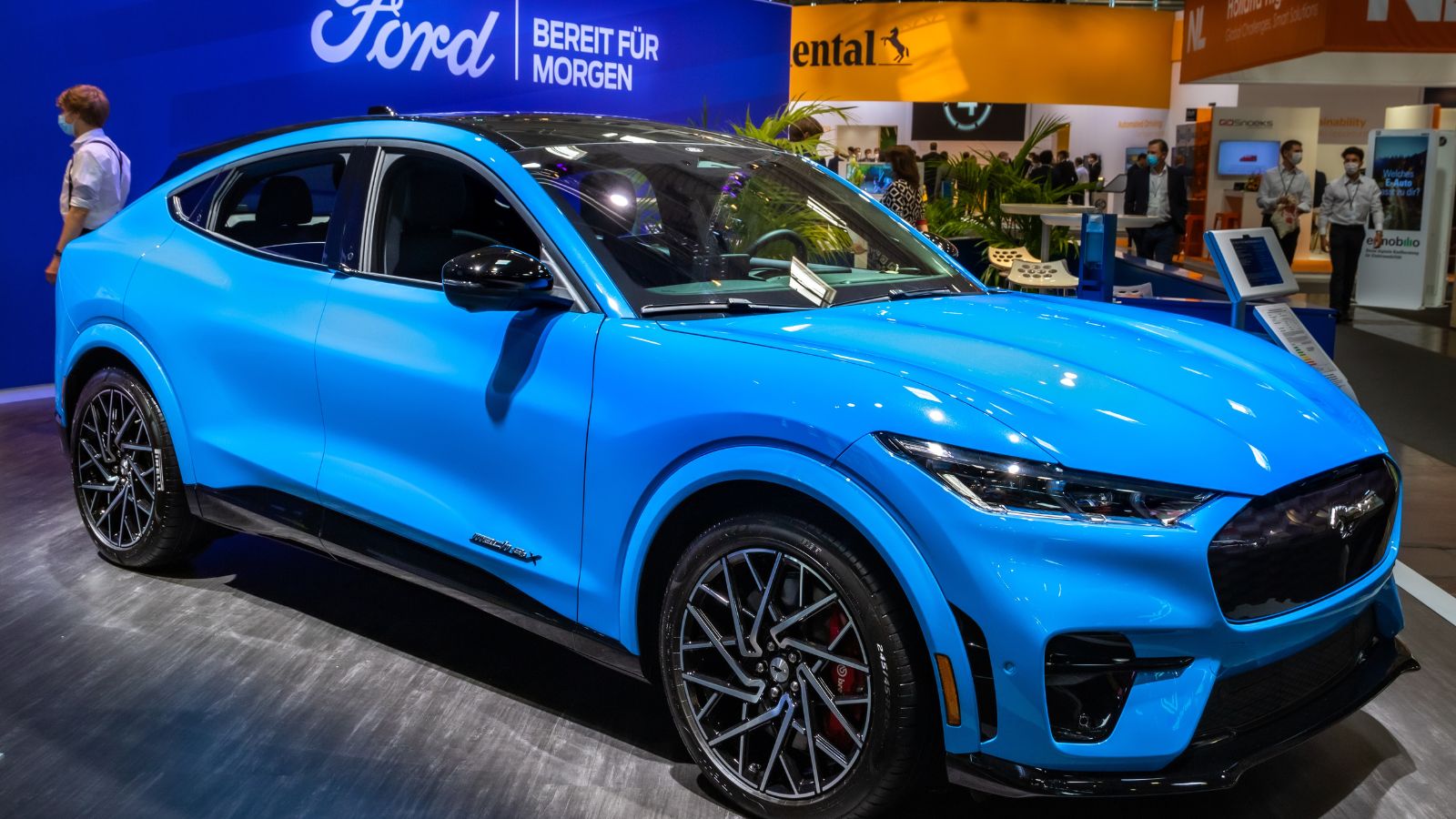
Billed as the electric future of an American icon, the Mustang Mach-E made waves with its aggressive styling and performance claims. But Canadian drivers have reported mixed experiences, especially in colder provinces. Real-world winter range drops dramatically, and charging infrastructure struggles remain outside urban centers. The interior materials feel less premium than the price tag suggests, and the tech interface has had frequent glitches. For a vehicle borrowing the Mustang name, many drivers expected more driving excitement. Instead, they’ve gotten a practical but uninspiring crossover that doesn’t quite deliver on its performance or prestige promises.
Honda HR-V (2023 redesign)
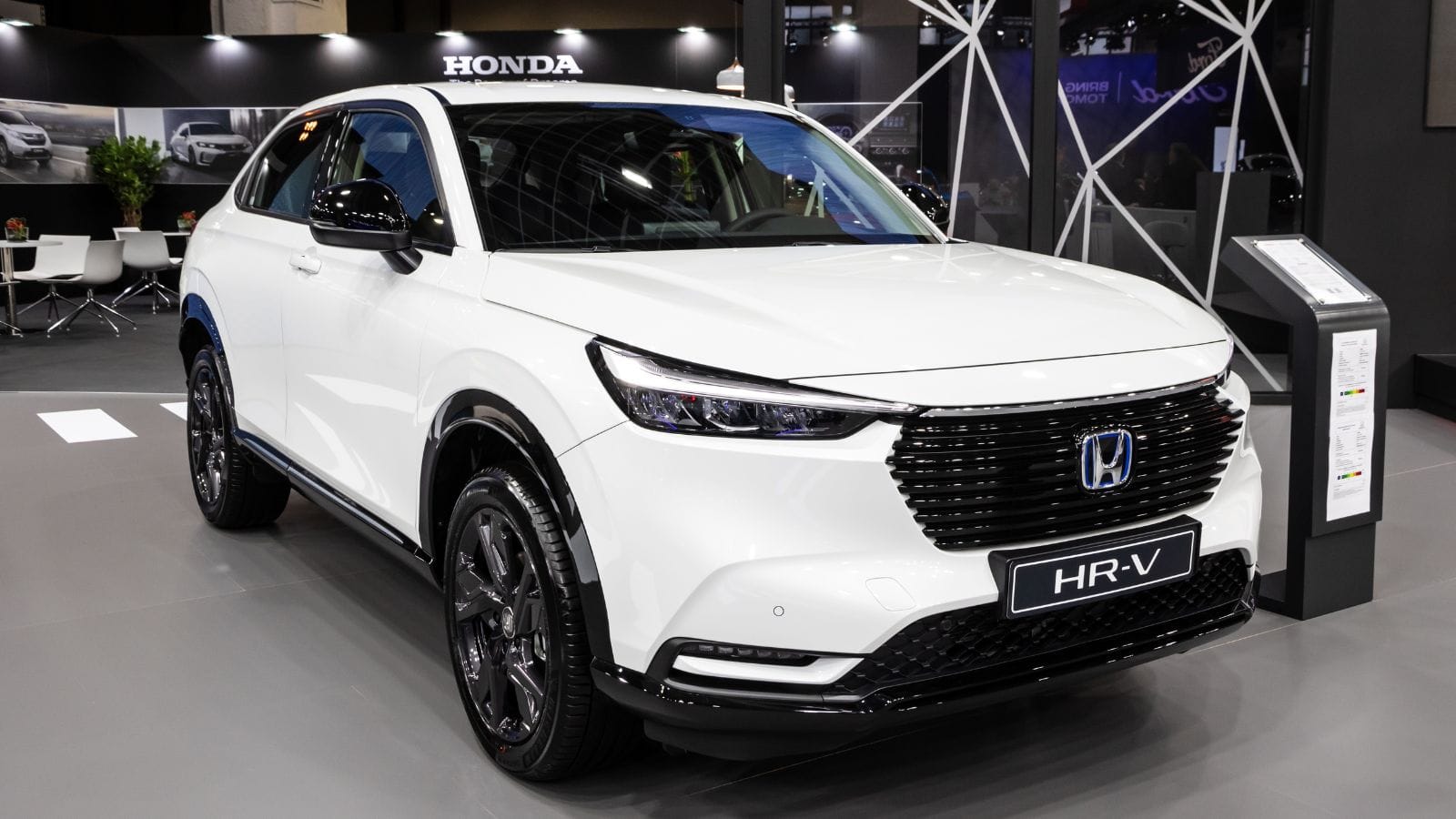
The all-new HR-V promised a more refined drive, sleeker looks, and improved technology, but Canadian drivers have found it to be more average than exceptional. While it gained size and safety features, the new HR-V lost some of the spunky character and magic seat flexibility that made the older model a hit. Its 2.0L engine feels underpowered, especially when merging or climbing steep hills, and fuel economy is acceptable but no longer the best in class. Tech upgrades, such as the infotainment system, still lag behind those of competitors, and although many expected Honda’s small SUV to evolve into something great, its growth has slowed instead.
Chevrolet Blazer EV
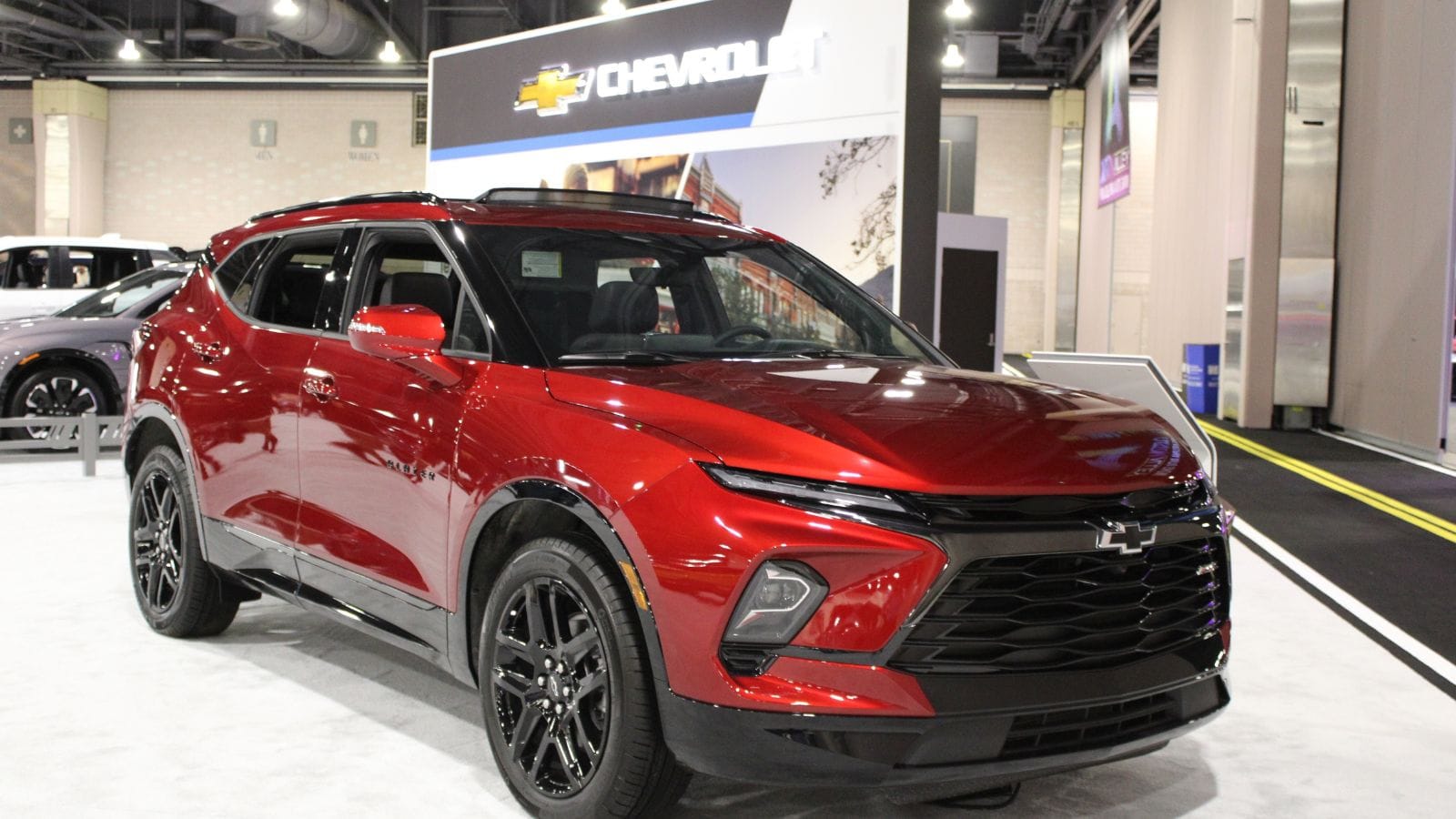
As Chevy revived the Blazer name for its new electric SUV, expectations ran high. The Blazer EV boasts bold styling and decent specs on paper, but Canadian early adopters have flagged several concerns. The starting price feels steep for what’s offered, and the real-world range drops significantly in winter, with an interior quality and cabin noise that don’t align with its upscale ambitions. Additionally, software bugs have plagued its large infotainment display. Considering the limited availability of repair support for new EV platforms in rural areas, many Canadian buyers are starting to feel like they paid more for flash than function.
Mazda CX-90
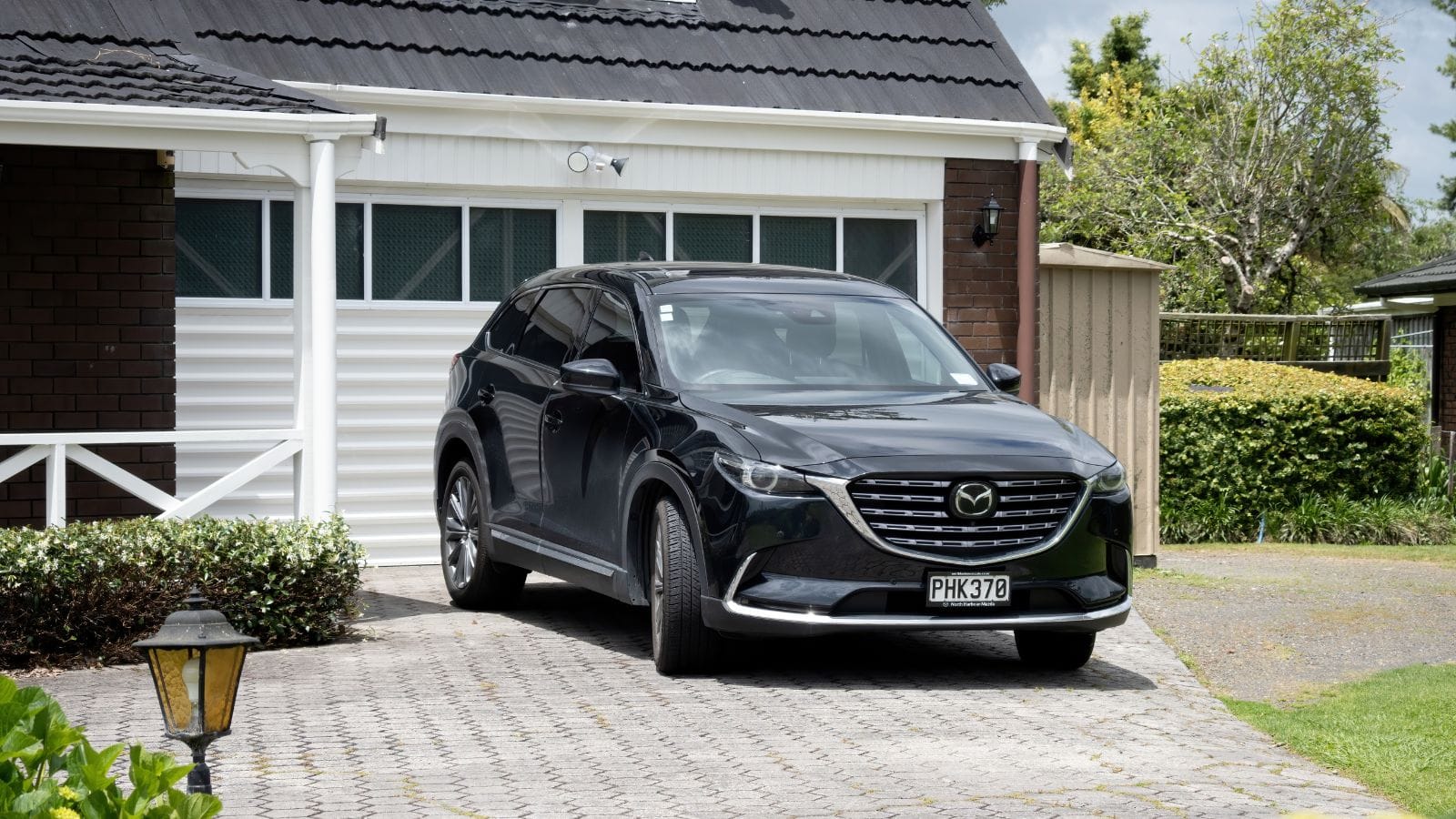
Mazda’s upscale ambitions hit full throttle with the CX-90, a three-row SUV aimed at competing with premium brands. But the result has left some Canadian buyers scratching their heads. While the design is striking and the new inline-six engine is powerful, ride comfort suffers over rough roads. The third-row space is tight, limiting its practicality for families, and its fuel economy is disappointing for a vehicle pitched as modern and efficient. With pricing that edges into luxury territory, many Canadians feel the CX-90 doesn’t deliver enough value or refinement.
Hyundai Ioniq 6
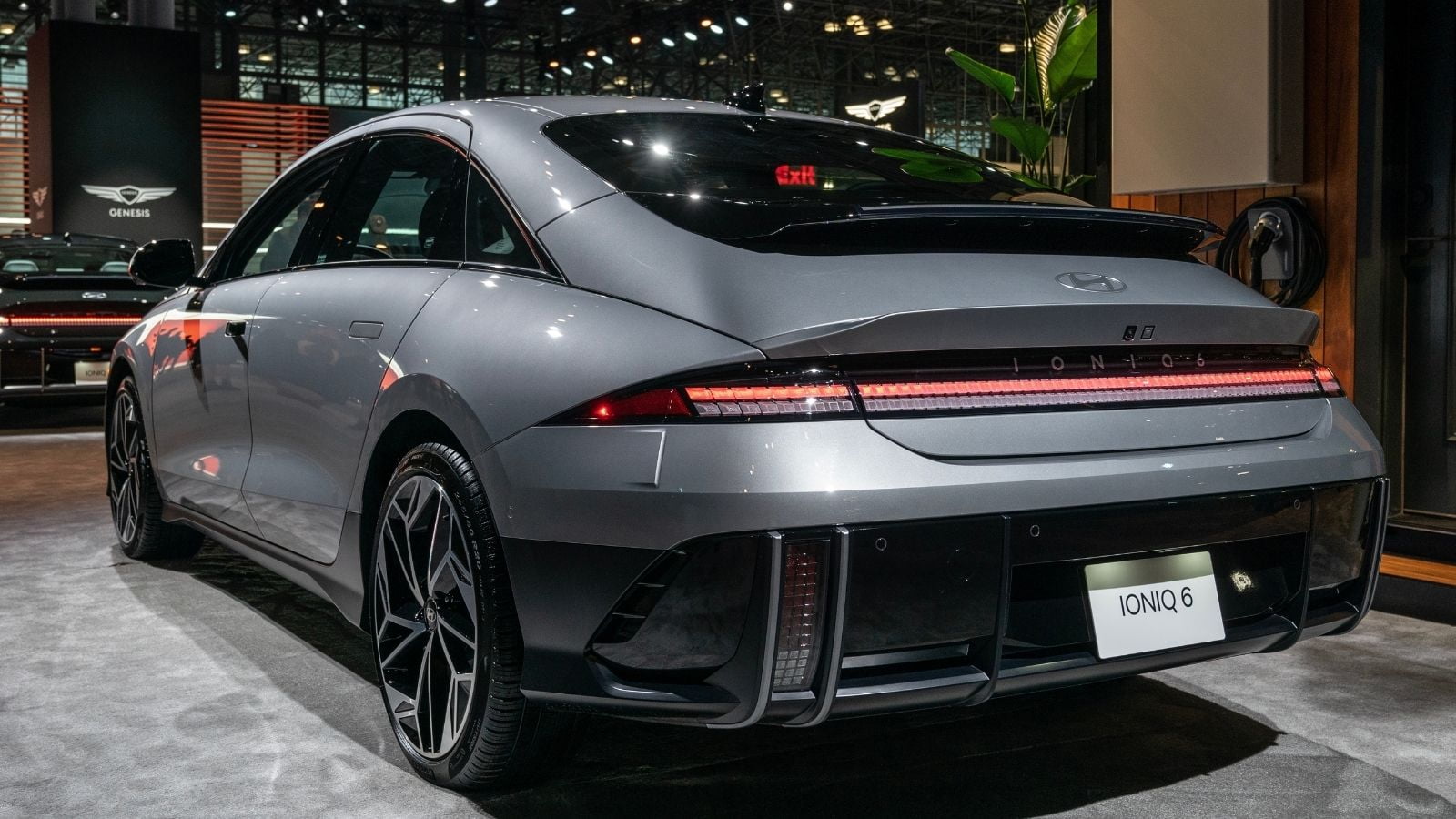
Touted as a sleek, stylish rival to Tesla’s Model 3, the Ioniq 6 has attracted attention but not universal praise. Canadian drivers admire its futuristic look and impressive EV range. Still, comfort and practicality take a back seat, particularly as the low-slung sedan struggles with headroom and visibility, especially in snowy weather. While tech features are strong, the software interface isn’t always intuitive, and some have also reported inconsistent range performance in cold climates. For a car that carries a hefty price tag and high expectations, the Ioniq 6 feels more like a design statement than an actual all-season daily driver.
Jeep Wagoneer
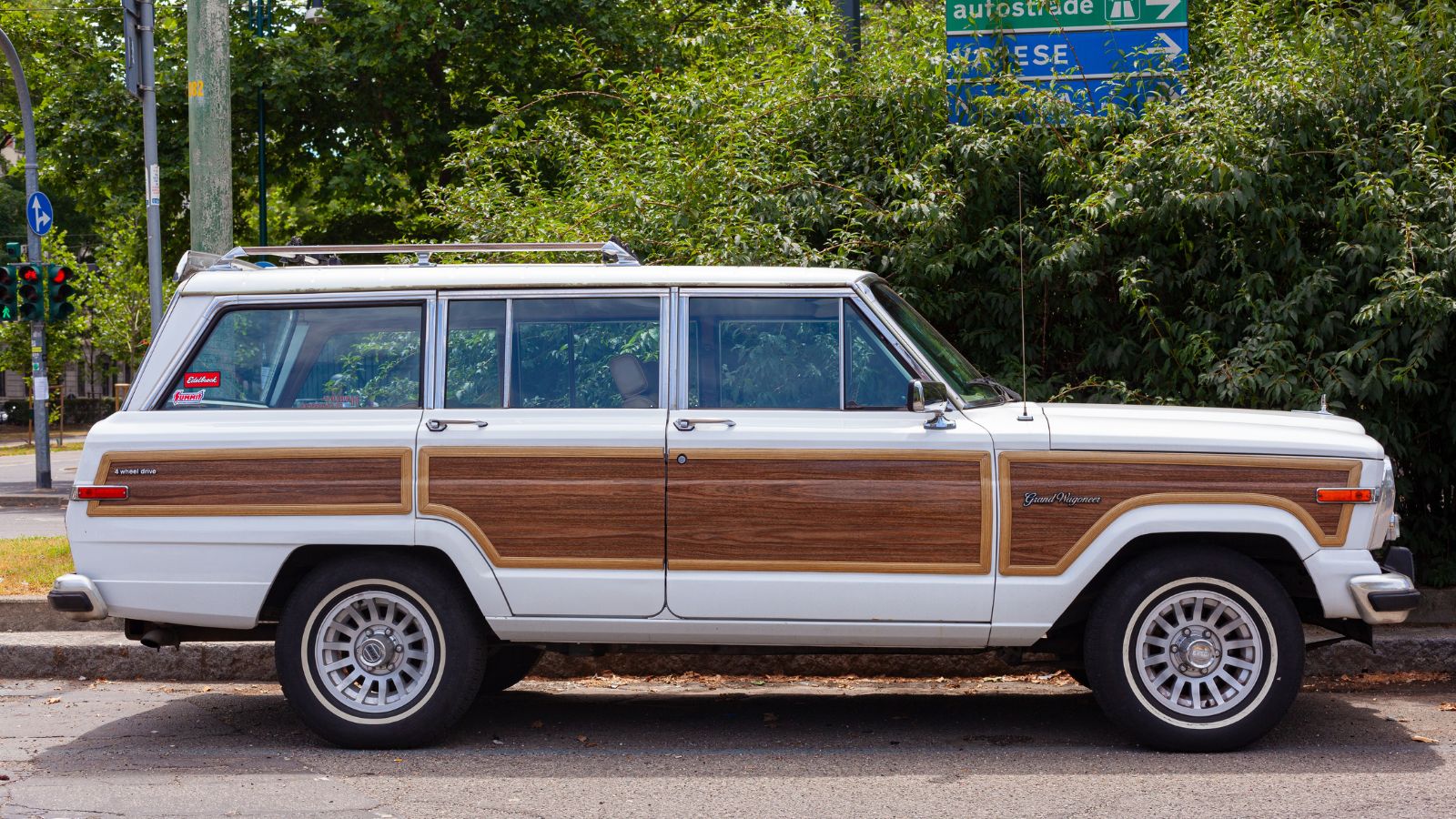
The Wagoneer was marketed as Jeep’s return to luxury, boasting spaciousness, capability, and a wealth of technology. But Canadian buyers are finding it doesn’t quite measure up. The V8 engine provides solid towing power, but its fuel consumption is brutal, especially in winter. The interior materials vary significantly by trim, and the third-row access is cumbersome for families. Additionally, many drivers note that, for its price point, it does not feel as refined or well-appointed as premium rivals, such as the Tahoe or Expedition.
Toyota bZ4X
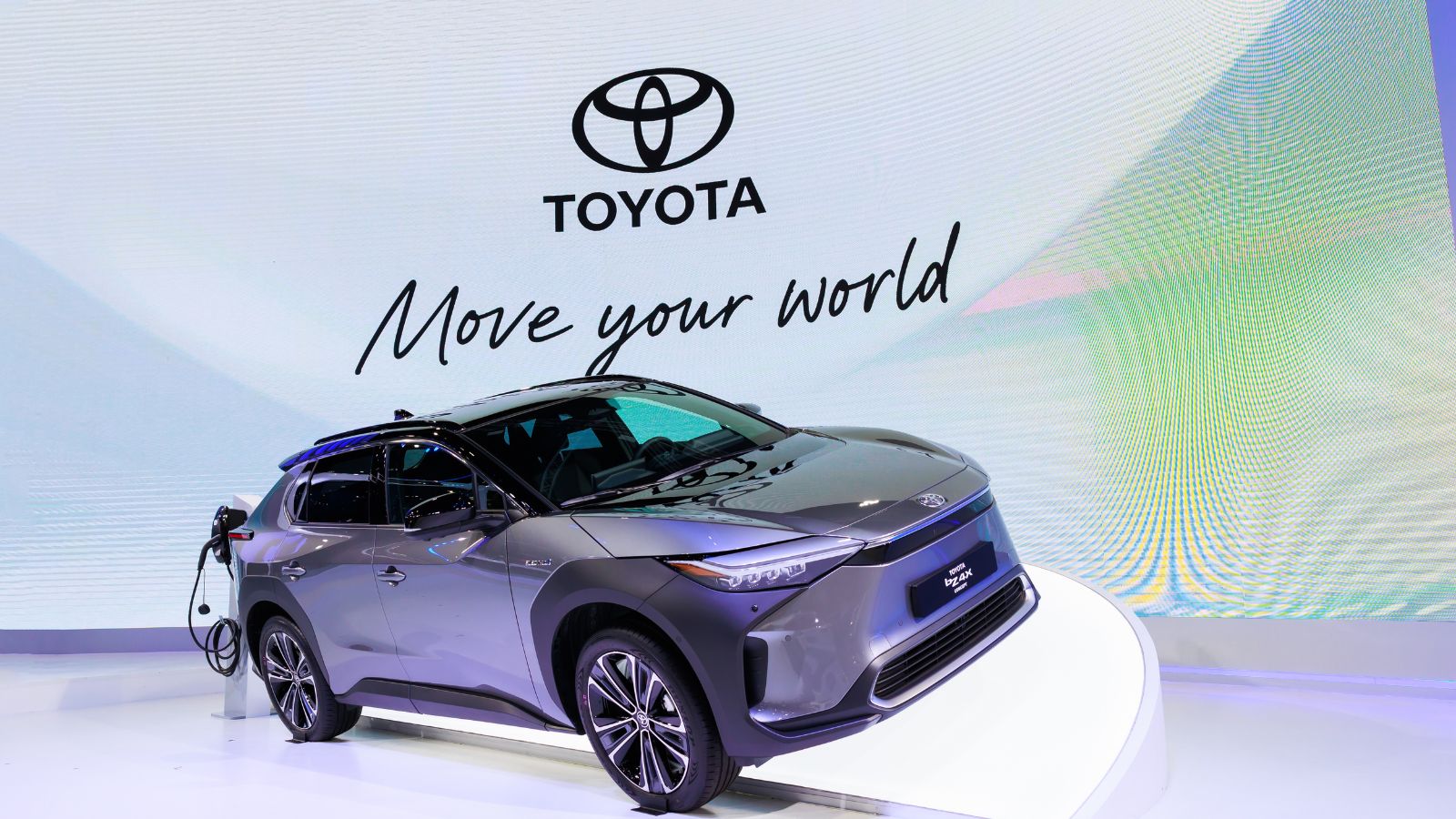
Toyota’s first mass-market EV, the bZ4X, landed with big expectations, but has struggled to impress in Canada. Wheel hub recall issues plagued early models, and even updated versions have faced criticism for their low range, especially in cold weather. Charging speeds are slower compared to competitors, and the polarizing design has not won over everyone. While Toyota loyalists hoped this would be their trusted brand’s leap into the EV future, many have been underwhelmed by its real-world performance.
Jeep Compass (2024)
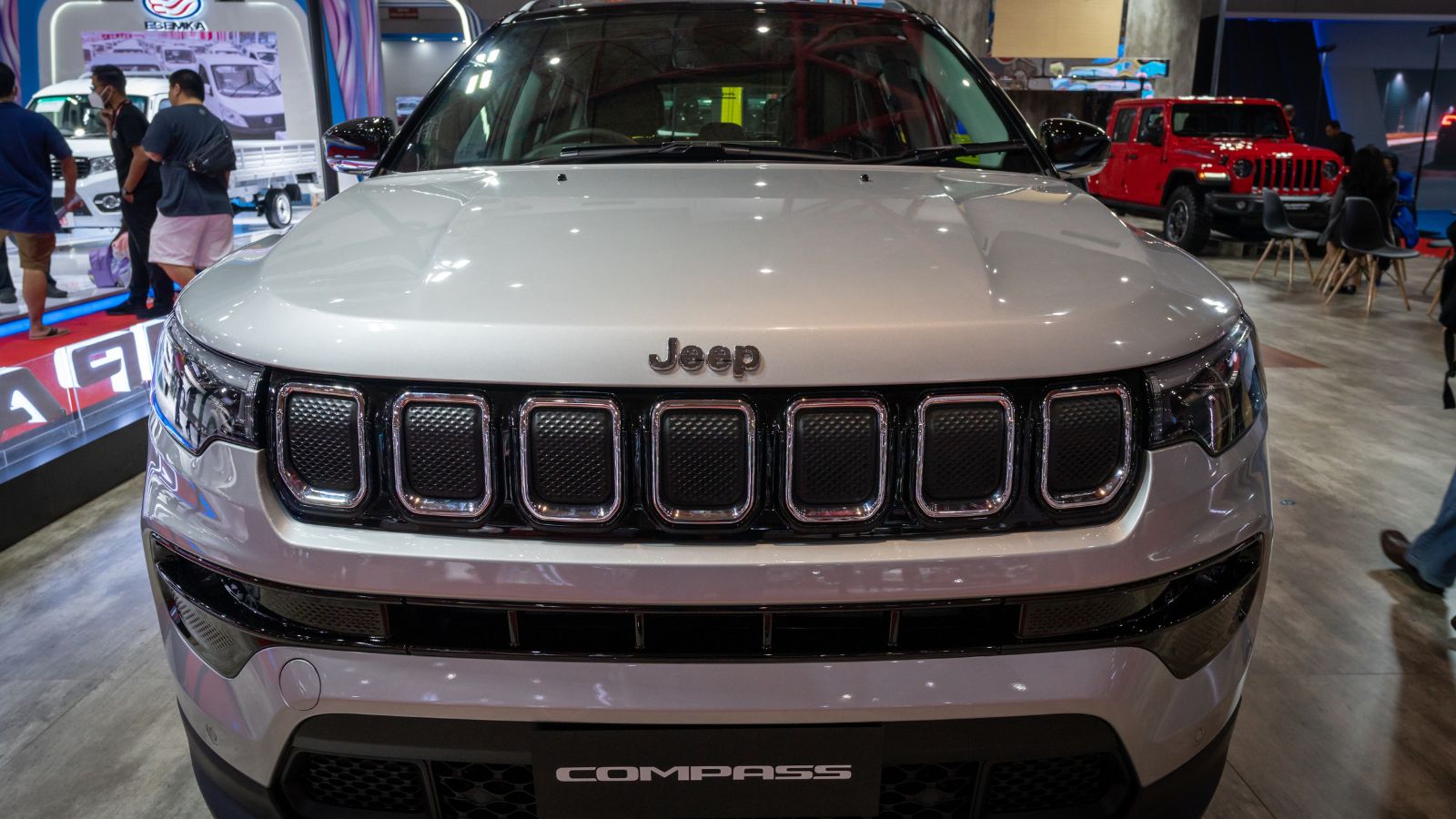
Despite Jeep’s rugged branding, the Compass continues to disappoint Canadian buyers looking for off-road credibility and winter reliability. The refreshed 2024 model brings updated tech, but the core issues remain, with sluggish performance, mediocre AWD capabilities, and a cramped interior. Reliability ratings remain low, resale values are among the worst in its segment, and with competitors offering more space, power, and features for less, Canadians are growing weary of the Compass’s underwhelming value.
BMW iX1
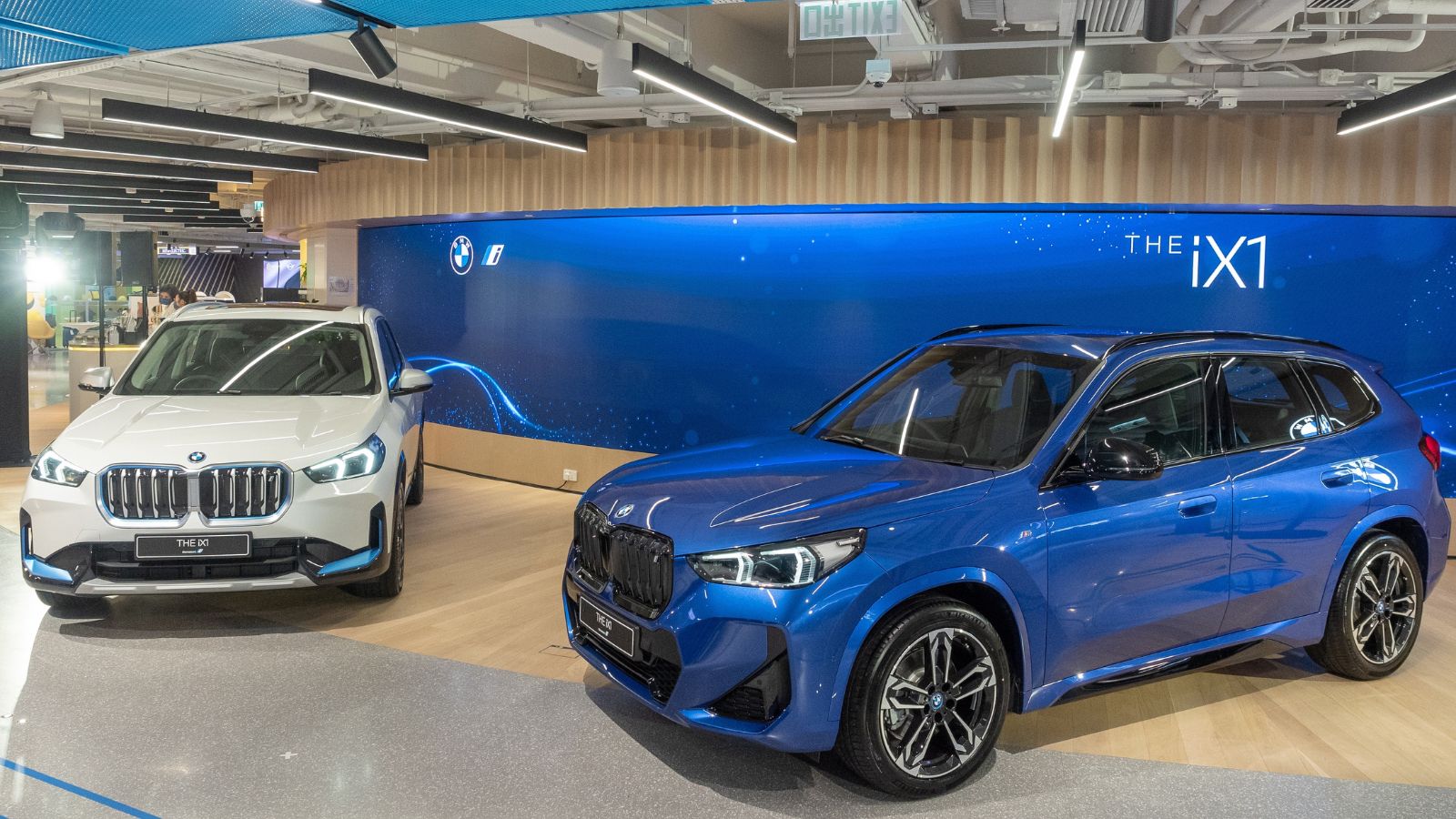
BMW’s iX1 seemed like a perfect fit for Canadians looking for a luxury compact electric SUV, but early feedback reveals a vehicle that falls short of expectations. While handling and interior quality meet expectations, its short range, especially in cold temperatures, limits its appeal. At a high starting price, buyers expect more than 400 km of usable range and faster charging; however, the iX1 feels like a compromised step toward electrification. With stiff competition from Mercedes, Audi, and even Hyundai in this segment, the iX1 has not convinced Canadian buyers that it is worth the premium or the hype.
Acura Integra (2023)
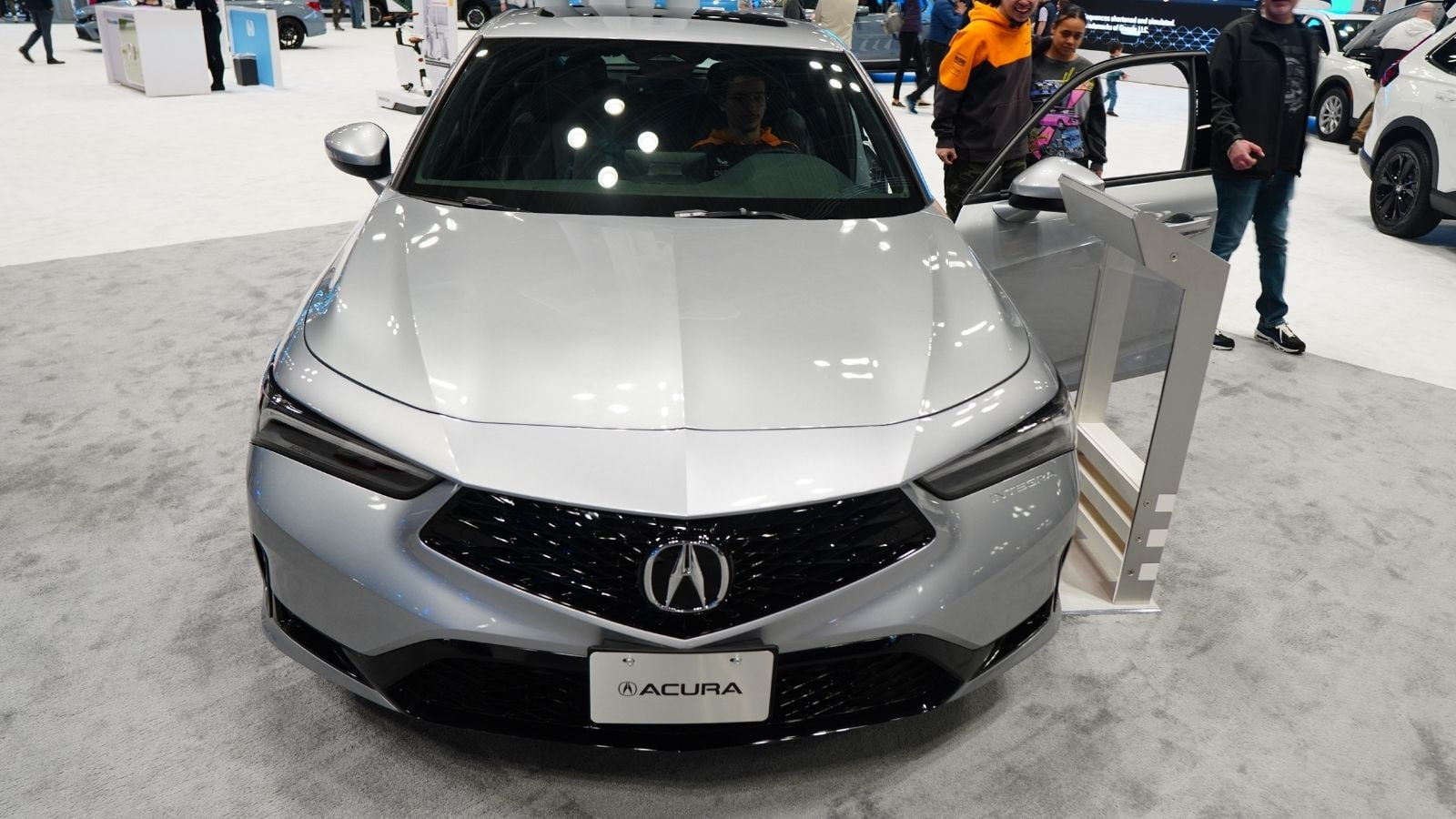
When Acura revived the Integra name, excitement soared, but the result hasn’t fully landed with Canadian drivers. The 2023 model is more of a high-end Civic than a spiritual successor to the ‘90s icon. Its 200-hp turbo engine is quick enough, but not thrilling, and many miss the pure driving feel of earlier Integras. The starting price is high, especially with manual transmission only available on top trims, and the interior, while premium, doesn’t quite justify the cost difference over a fully loaded Civic. In a market full of compelling sport compacts, the new Integra struggles to justify its nostalgic badge.
Nissan Ariya3
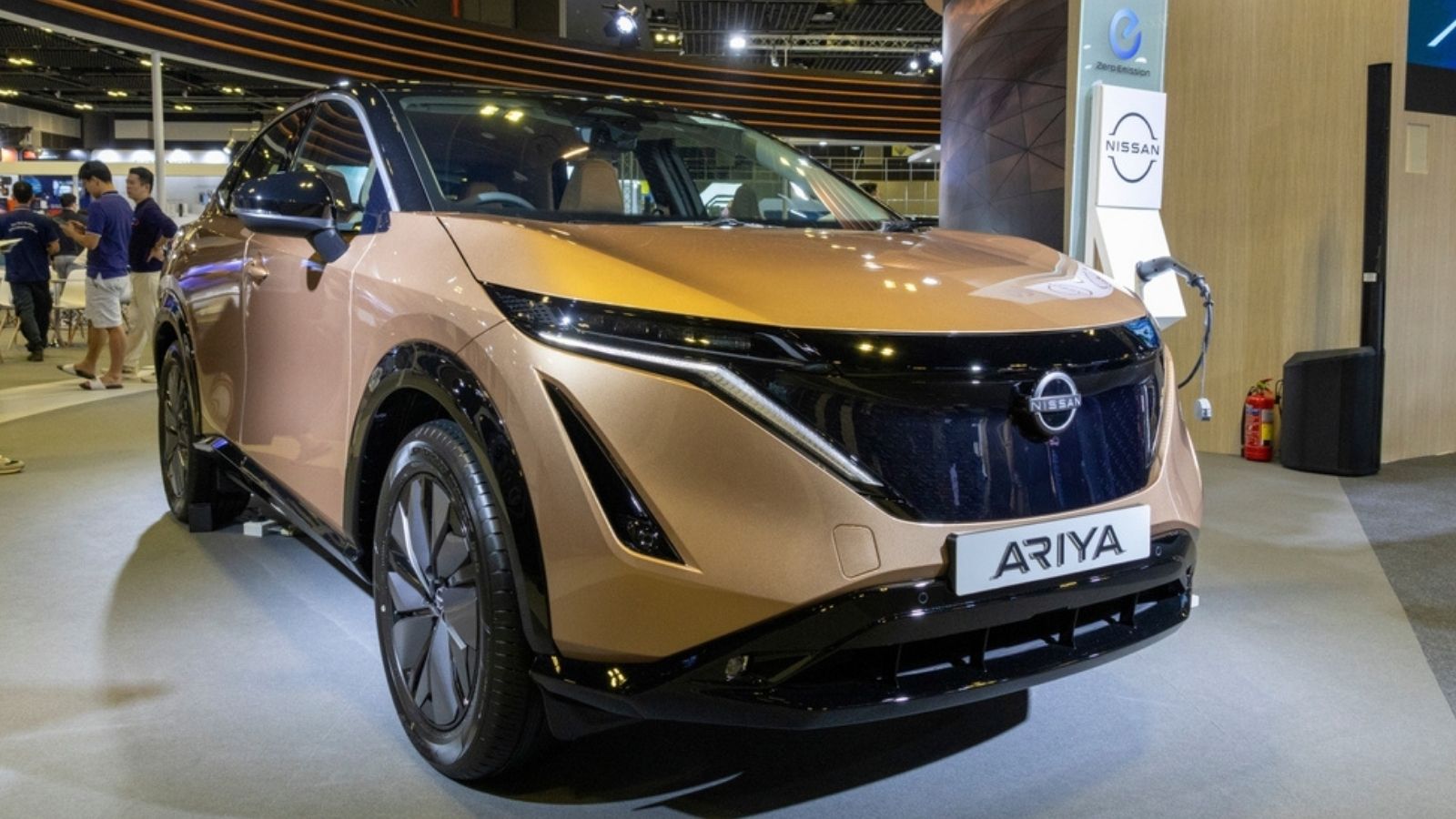
The Ariya was supposed to mark Nissan’s EV resurgence following the success of the Leaf. But Canadian drivers have found it underwhelming given its hefty price tag. The design is sleek and the interior upscale, but the real-world winter range is disappointing, and the lack of a frunk or innovative storage options undercuts its practicality. Infotainment and driver assistance tech are solid but fail to stand out in an increasingly competitive EV market. At a time when newer rivals offer better performance or lower costs, the Ariya feels like a cautious entry that does not justify its premium positioning.
Ford Escape Hybrid (2023 refresh)
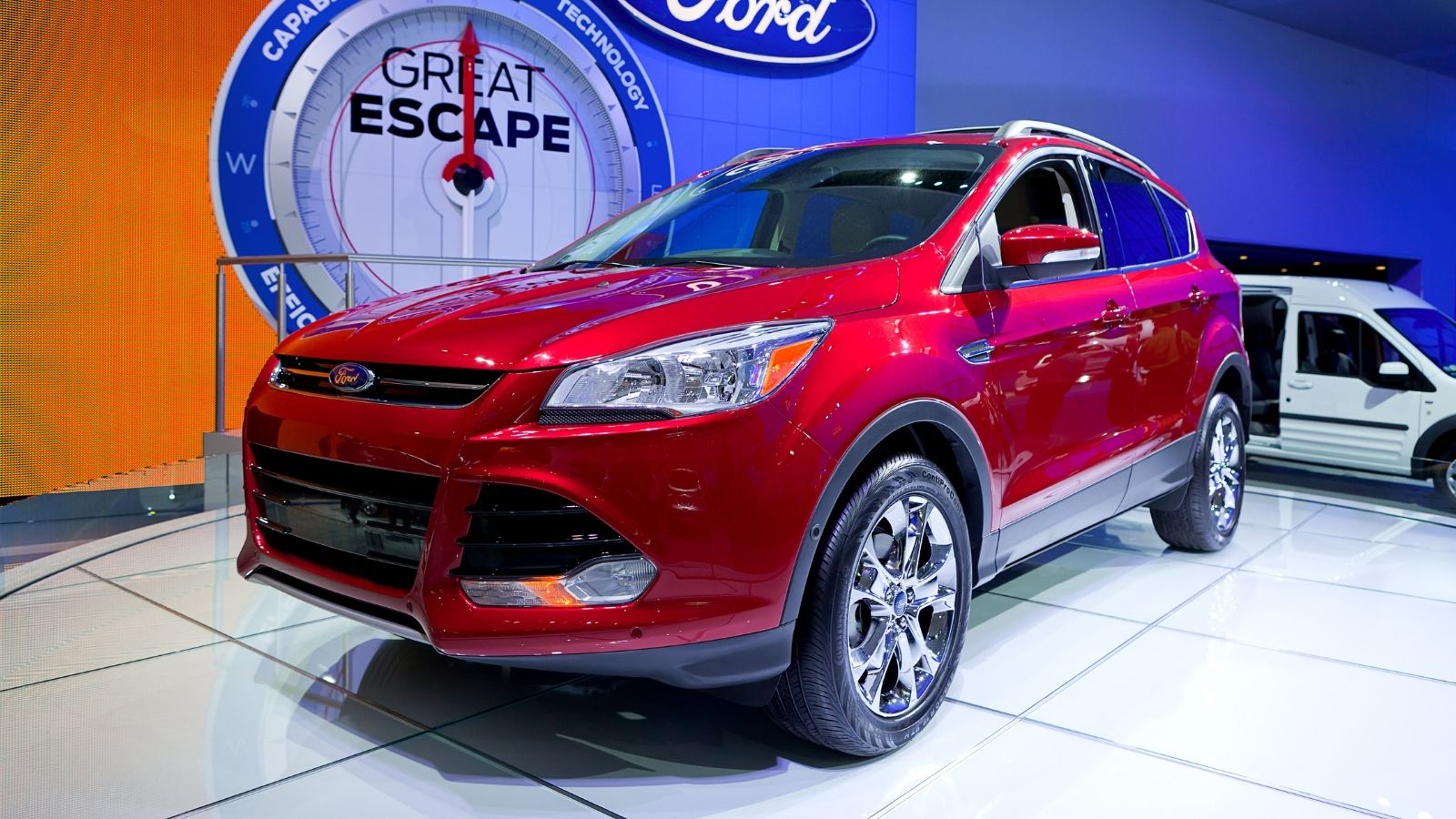
While hybrids are in high demand, the refreshed Ford Escape Hybrid hasn’t delivered on expectations in Canada. On paper, it promises efficiency and updated tech, but in practice, drivers report underwhelming fuel savings, especially in cold conditions. The interior lacks refinement, with hard plastics and dated styling despite the refresh. Ford’s infotainment system can be laggy, and the overall cabin noise is high for the price point. With so many strong hybrid alternatives from Toyota, Hyundai, and Kia, many Canadians expected more polish and innovation.
Alfa Romeo Tonale
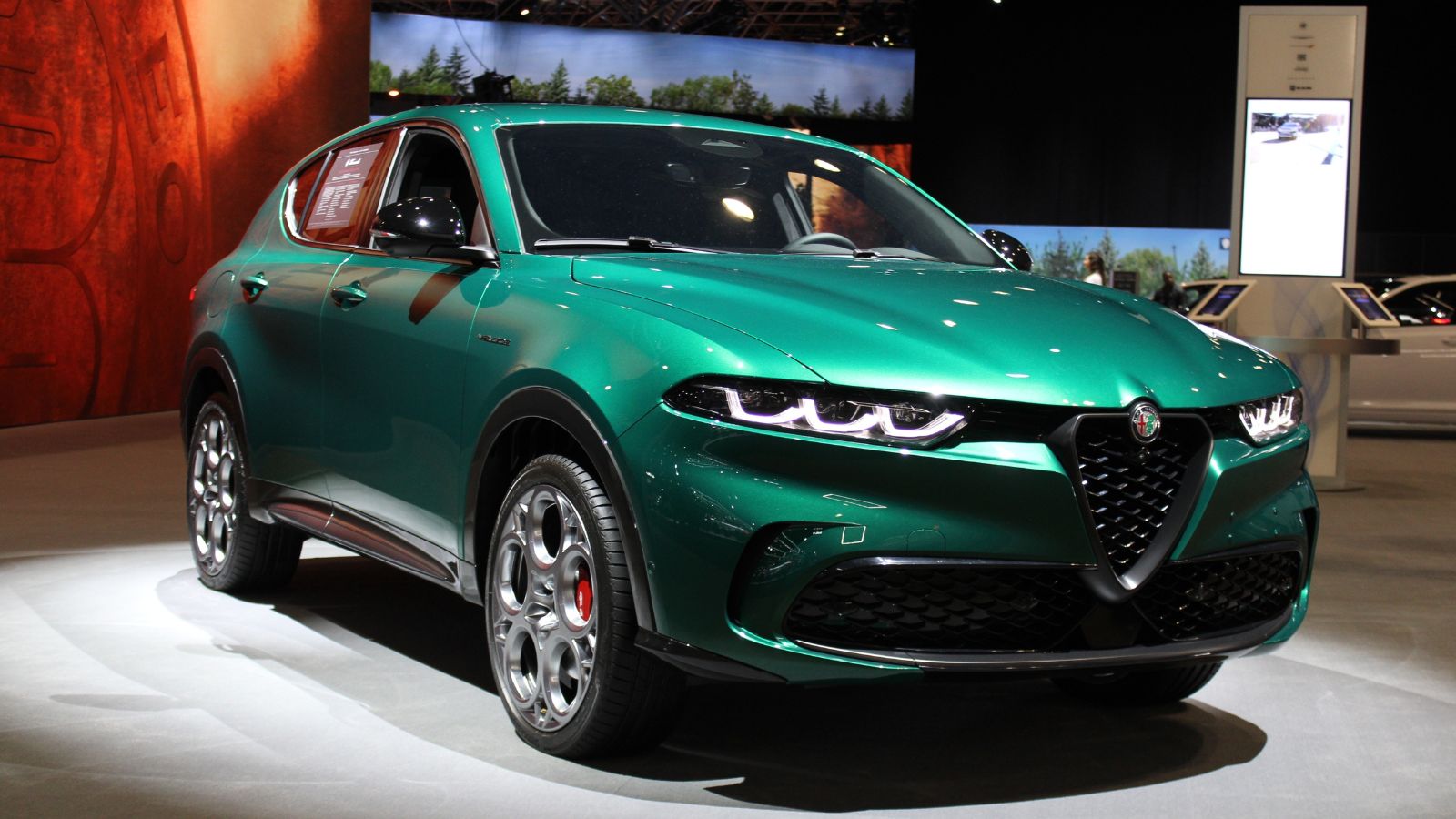
The Tonale was meant to usher in a new era for Alfa Romeo, blending Italian flair with plug-in hybrid tech. However, Canadian buyers haven’t been sold on the Tonale because, although it is stylish and fun to look at, the vehicle suffers from inconsistent build quality and clunky infotainment. Cold-weather performance hasn’t been well-tested, and early adopters have voiced concerns about reliability. For its price, the interior space is tight, and the hybrid system doesn’t offer the smooth driving dynamics expected from a brand with Alfa’s pedigree. Ultimately, the Tonale seems more like a style-forward experiment than a practical crossover suited to Canadian conditions.
Toyota Corolla Cross Hybrid

The Corolla Cross Hybrid was expected to be a breakout hit in Canada, offering the dependability of a Toyota hybrid with added space and versatility. However, many drivers report that it is not meeting their expectations. The hybrid powertrain feels underpowered, and the ride quality is harsher than anticipated, especially on bumpy winter roads. The cabin noise is an issue, and the interior, while practical, lacks the comfort of similarly priced competitors. Given Toyota’s reputation, Canadians expected a refined, efficient compact SUV, but instead, they are getting something that feels like a budget compromise rather than an upgrade from the standard Corolla.
Kia Niro EV (2023 redesign)

The redesigned Kia Niro EV brought sharper looks and improved features, but Canadian buyers remain lukewarm. The range is acceptable, but not class-leading, and winter performance remains a concern. Interior upgrades are welcome, yet budget elements remain, especially in base trims, while charging speeds lag behind those of newer competitors, making long-distance travel more frustrating. Despite Kia’s reputation for value, the Niro EV feels caught between affordable and premium, not entirely satisfying either camp.
Lexus RZ 450e
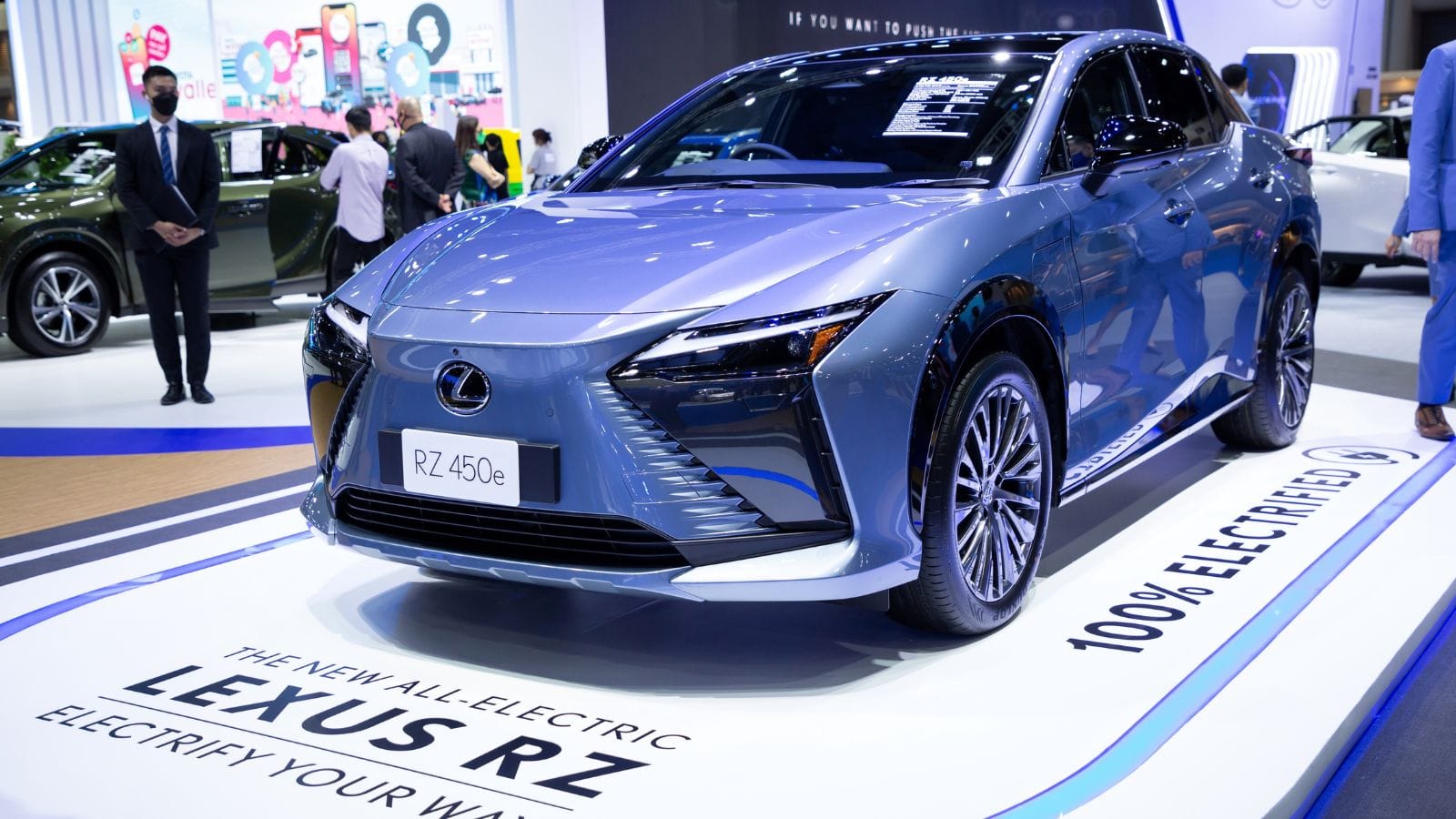
Lexus’s first dedicated electric vehicle, the RZ 450e, entered the Canadian market with high expectations, especially given the brand’s legacy of reliability and luxury. However, many drivers have found it underdelivers where it matters most. The real-world range is disappointingly short, particularly in cold weather, and the vehicle’s performance does not match rivals like the Tesla Model Y or even the Hyundai Ioniq 5. Add to that a higher price tag and limited cargo space, and the RZ feels more like a concept car rushed to production than a true EV contender.
Cadillac Lyriq
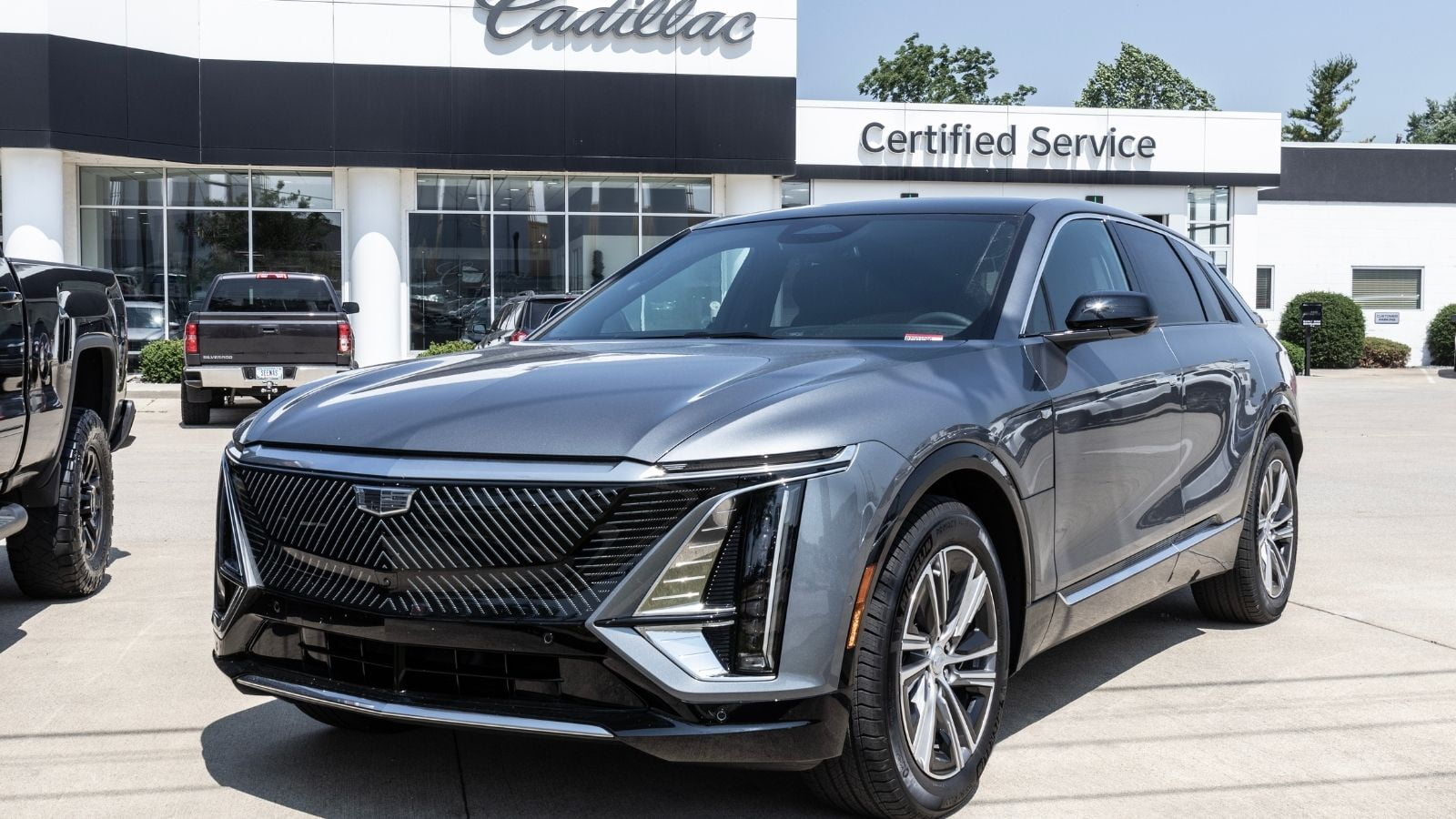
GM’s luxury electric flagship, the Cadillac Lyriq, entered the Canadian market with high hopes, but hasn’t fully delivered. The range is competitive, but charging infrastructure support and vehicle software continue to lag, while owners also report infotainment glitches and inconsistent driver-assist performance. The plush interior and quiet cabin are standout features, but overall ownership experience, especially in the early rollout, has been spotty. For a luxury EV meant to rival Tesla and Audi, the Lyriq doesn’t yet feel mature enough, and Canadian buyers seeking reliability, winter-proof design, and seamless tech are finding better value and less frustration elsewhere.
Hyundai Elantra N (2024 facelift)
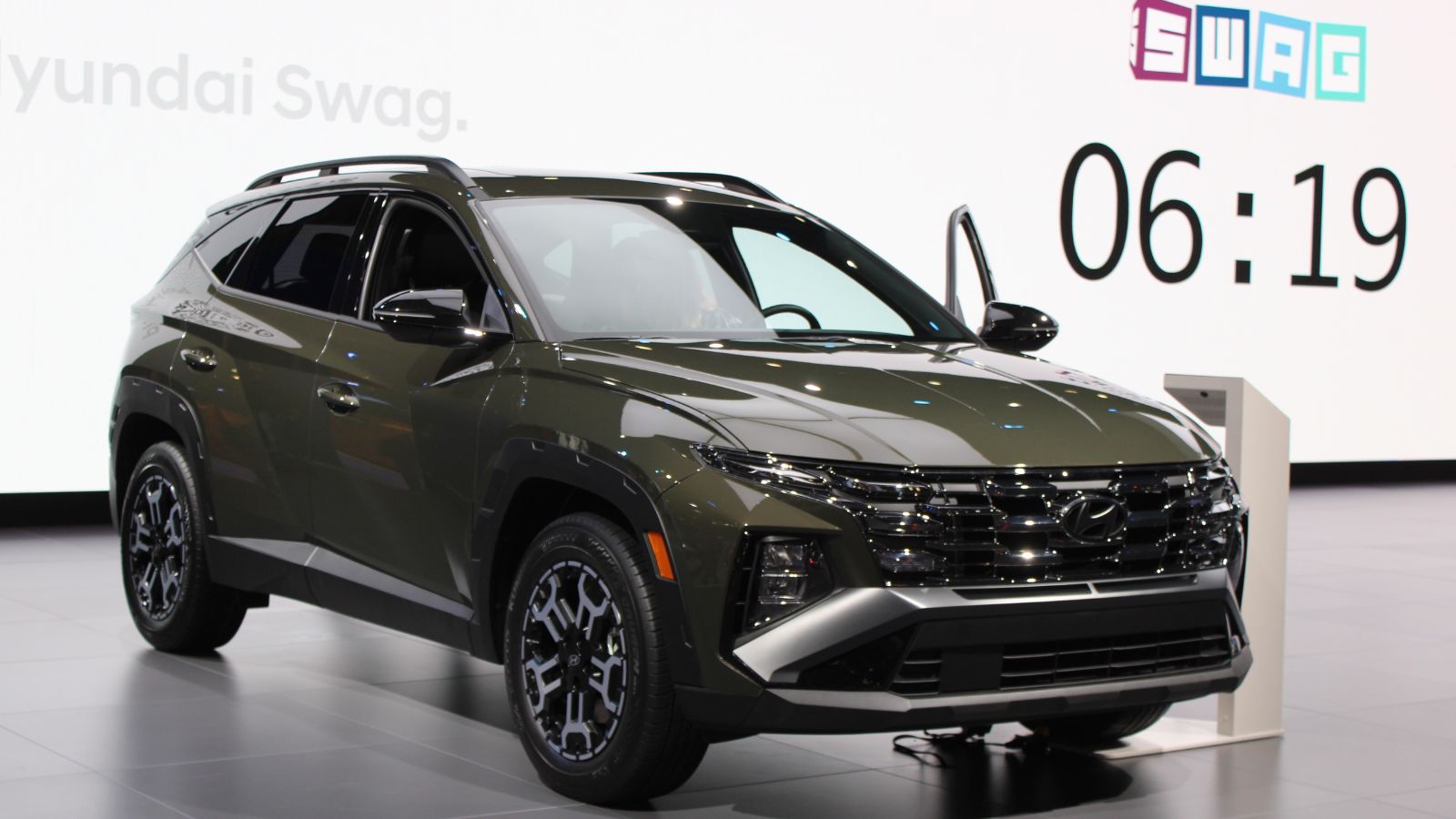
The Elantra N continues to impress on paper, boasting sharp handling and a turbocharged punch. However, in Canada, it has been met with criticism over its practicality and winter performance. The aggressive suspension is jarring on frost-heaved roads, and front-wheel drive limits traction in snow and slush. While enthusiasts love its performance and bold styling, many daily drivers find it too stiff, too loud, and too low for Canadian conditions. For a car that’s supposed to balance excitement with everyday use, the Elantra N misses the mark for most buyers.
21 Products Canadians Should Stockpile Before Tariffs Hit

If trade tensions escalate between Canada and the U.S., everyday essentials can suddenly disappear or skyrocket in price. Products like pantry basics and tech must-haves that depend on are deeply tied to cross-border supply chains and are likely to face various kinds of disruptions
21 Products Canadians Should Stockpile Before Tariffs Hit
